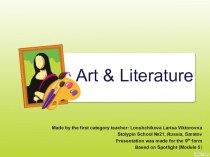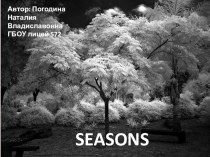of Armenian origin in the town of Feodosia, Crimea
on the 29th of July in 1817. His parents were under strained circumstances and he spent his childhood in poverty.Aivazovsky was most famous for his seascapes, which constitute more than half of his paintings. Aivazovsky is widely considered as one of the greatest seascape painters of all time.
His main style was Romanticism.
Early biography and some facts











































